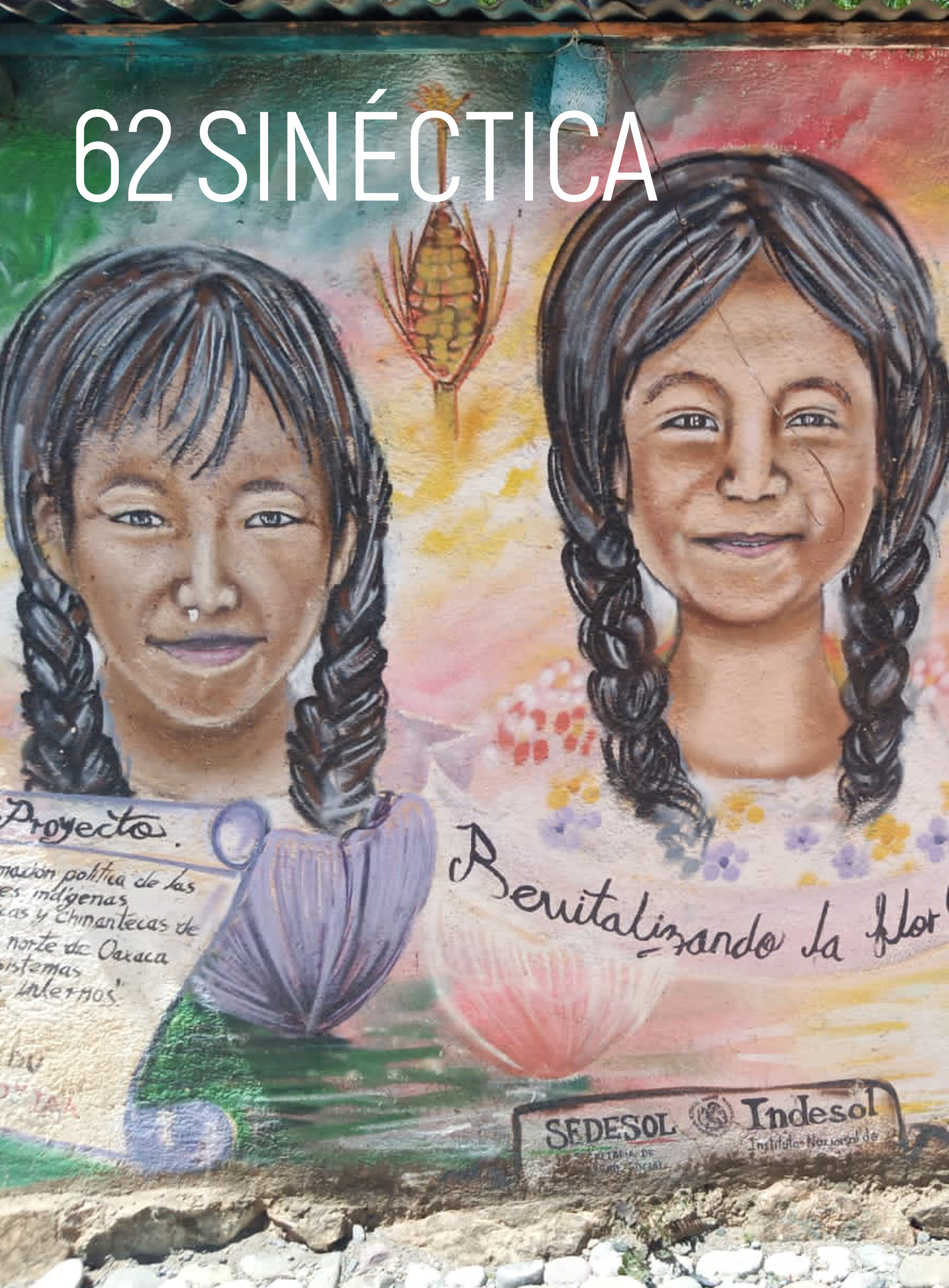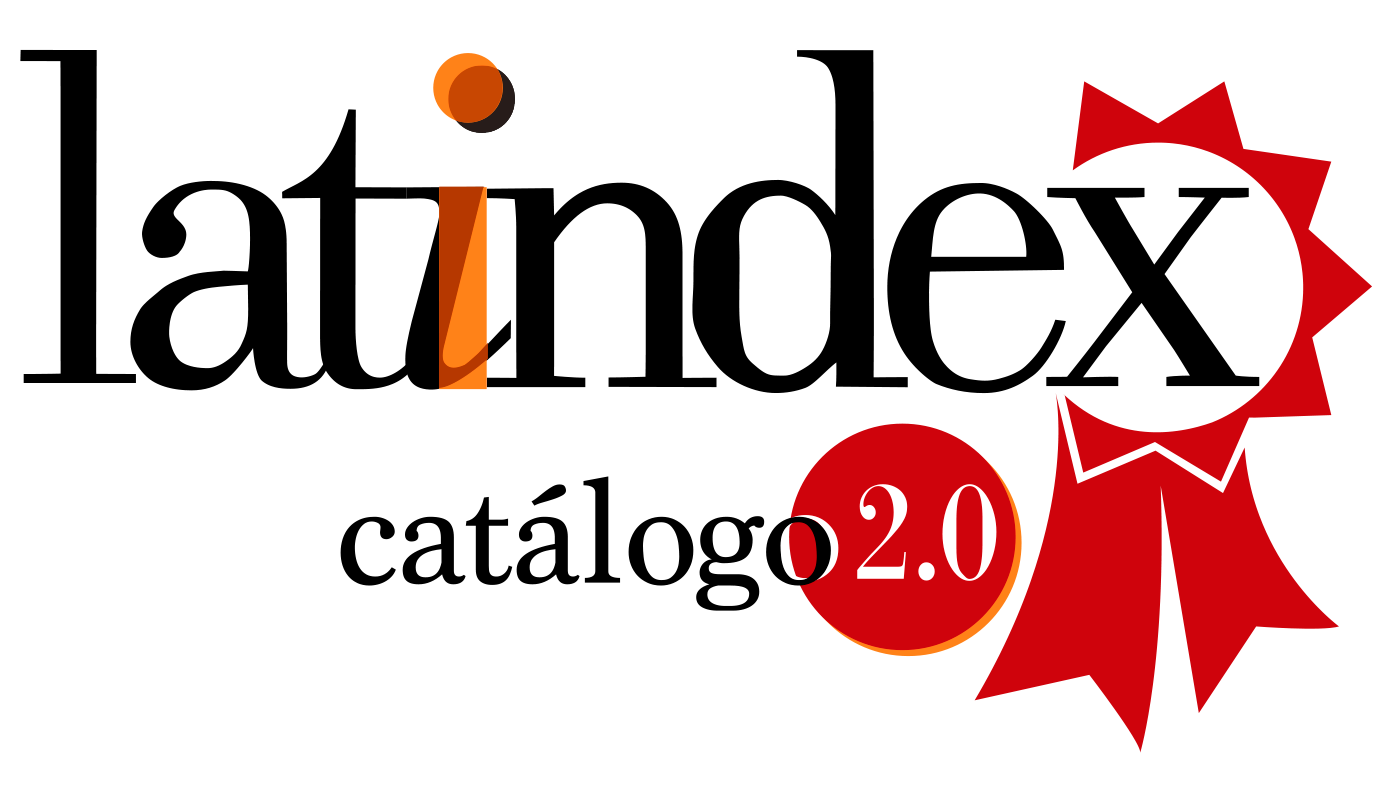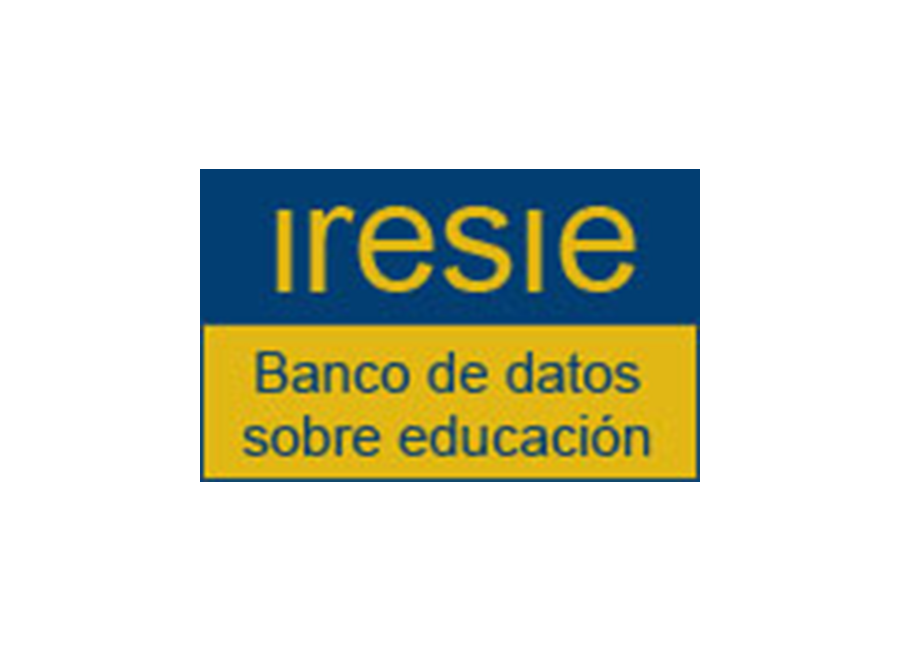Decisiones en reuniones de academia: el caso de un profesor de matemáticas
DOI:
https://doi.org/10.31391/S2007-7033(2024)0063-012Resumen
Con base en los conceptos de competencia y experiencia de significado de la teoría de comunidades de práctica, se analiza el proceso de toma de decisiones de un profesor universitario de matemáticas, quien, en reuniones de academia, propone implementar una nueva estrategia de enseñanza. La metodología fue cualitativa, en su modalidad de estudio de caso. Los resultados indican que dicho proceso está influenciado por la interrelación entre reflexiones cotidianas del profesor y las exigencias de su institución educativa. Se concluye que las distintas prácticas en las que el profesor participa en su labor profesional contribuyen en sus decisiones.
Descargas
Referencias
Bishop, A. J. (1976). Decision-making, the intervening variable. Educational Studies in Mathematics, vol. 7, núm. 1–2, pp. 41–47. https://doi.org/10.1007/bf00144357
Bohl, J. V. y Van Zoest, L. R. (2003). The value of Wenger’s concepts of modes of participation and regimes of accountability in understanding teacher learning. En N. A. Pateman, B. J. Dougherty, y J. T. Zilliox (eds.). Proceedings of the 27th Conference of the International Group for the Psychology of Mathematics Education held jointly with the 25th Conference of PME-NA (pp. 339–346). Center for Research and Development Group.
Borko, H., Roberts, S. A. y Shavelson, R. (2008). Teachers’ decision making from Alan J. Bishop to today. En P. Clarkson y N. Presmeg (eds.). Critical Issues in Mathematics Education (pp. 37–67). Springer. https://doi.org/10.1007/978-0-387-09673-5_4
Chevallard, Y. (2006). Steps towards a new epistemology in mathematics education. En M. Bosch (ed.). Proceedings of the 4th Conference of the European Society for Research in Mathematics Education (pp. 21–30). Universidad Ramon Llull. http://erme.site/wp-content/uploads/2021/06/CERME4_2_Plenaries.pdf
Chevallard, Y. (1999). L’analyse des pratiques enseignantes en théorie anthropologique du didactique. Recherches en Didactique des Mathématiques, vol. 19, núm. 2, pp. 221–266. https://revue-rdm.com/1999/l-analyse-des-pratiques/
Cohen, L., Manion, L. y Morrison, K. (2007). Research methods in education. Routledge.
Contu, A. y Willmot, H. (2006). Studying practice: situating talking about machines. Organization Studies, vol. 27, núm. 12, pp. 1769–1782. https://doi.org/10.1177/0170840606071895
D’Eon, M., Overgaard, V. y Rutledge, H. S. (2000). Teaching as a social practice: Implications for faculty development. Advances in Health Sciences Education, vol. 5, núm. 2, pp. 151–162. http://doi.org/10.1023/A:1009898031033
Engeström, Y. (2001). Making expansive decisions: An activity-theoretical study of practitioners building collaborative medical care for children. En C. M. Allwood y M. Selart (eds.). Decision making: social and creative dimensions (pp. 281–301). Springer. https://doi.org/10.1007/978-94-015-9827-9_14
Engeström, Y. (1999). Activity theory and individual and social transformation. En Y. Engeström, R. Miettinen y R. L. Punamäki (eds.). Perspectives on activity theory (pp. 19–39). Cambridge University Press. https://doi.org/10.1017/CBO9780511812774
Gómez-Blancarte, A. L., y Miranda, I. (2021). Participation and reification: Two basic design principles for mathematics professional development programs. Canadian Journal of Science, Mathematics and Technology Education, vol. 21, núm. 3, pp. 625–638. https://doi.org/10.1007/s42330-021-00175-1
Herbers, M. S., Antelo, A., Etting, D. y Buck, A. M. (2011). Improving teaching through a community of practice. Journal of Transformative Education, vol. 9, núm. 2, pp. 89–108. https://doi.org/10.1177/1541344611430688
Kim, H.-j., Metzger, M. y Heaton, R. M. (2020). Teacher planning sessions as professional opportunities to learn: An elementary mathematics teacher’s re-conceptualization of instructional triangles. International Journal of Science and Mathematics Education, vol. 20, pp. 1207–1227. https://doi.org/10.1007/s10763-019-10019-y
Lande, E. y Mesa, V. (2016). Instructional decision making and agency of community college mathematics faculty. ZDM Mathematics Education, vol. 48, núm. 1–2, pp. 199–212. https://doi.org/10.1007/s11858-015-0736-x
Long, M. (2017). High medieval monasteries as communities of practice: approaching monastic learning through letters. Journal of Religious History, vol. 41, núm. 1, pp. 42–59. https://doi.org/10.1111/1467-9809.12345
Mercado-Maldonado, R. (2002). Los saberes docentes como construcción social. La enseñanza centrada en los niños. Fondo de Cultura Económica.
Miranda, I. y Gómez-Blancarte, A. L. (2018). La enseñanza de las matemáticas con el enfoque de la teoría de comunidades de práctica. Educación Matemática, vol. 30, núm. 3, pp. 269–288. https://doi.org/10.24844/em3003.11
Morgan, C. (2014). Understanding practices in mathematics education: structure and text. Educational Studies in Mathematics, vol. 87, núm. 2, pp. 129–143. https://doi.org/10.1007/s10649-013-9482-6
Olson, J. K. (1992). Understanding teaching. Beyond expertise. Open University Press.
Orr, J. E. (1996). Talking about machines: An ethnography of a modern job. Cornell University Press.
Pinzón, A. y Gómez, P. (2021). Toma de decisiones en el aula: estudio de casos de profesores de matemáticas. PNA, vol. 16, núm. 1, pp. 1–24. https://doi.org/10.30827/pna.v16i1.15674
Pinzón, A. y Gómez, P. (2019). Un modelo para la toma de decisiones del profesor de matemáticas. PNA, vol. 13, núm. 3, pp. 130–146. https://doi.org/10.30827/pna.v13i3.7908
Potari, D. y Stouraitis, K. (2019). Teacher decision making. En D. Potari y O. Chapman (eds.). International Handbook of Mathematics Teacher Education: Volume 1 (pp. 303–325). Brill. https://brill.com/display/title/60697
Schoenfeld, A. (2011). How we think. A theory of goal-oriented decision making and its educational applications. Routledge.
Shavelson, R. J. (1973). What is the basic teaching skill? Journal of Teacher Education, vol. 24, núm. 2, pp. 144–151. https://doi.org/10.1177/002248717302400213
Shulman, L. S. y Elstein, A. S. (1975). Studies of problem solving, judgment, and decision making: Implications for educational research. En F. N. Kerlinger (ed.). Review of Research in Education (pp. 3–42). F. E. Peacock. https://doi.org/10.2307/1167252
Skott, J. (2013). Understanding the role of the teacher in emerging classroom practices: searching for patterns of participation. ZDM Mathematics Education, vol. 45, núm. 4, pp. 547–559. https://doi.org/10.1007/s11858-013-0500-z
Star, S. L. (1989). The structure of ill-structured solutions: Boundary objects and heterogeneous distributed problem solving. En L. Gasser y M. N. Huhns (eds.). Distributed artificial intelligence (pp. 37–54). Ptman. https://doi.org/10.1016/B978-1-55860-092-8.50006-X
Stockero, S. y Van Zoest, L. (2013). Characterizing pivotal teaching moments in beginning mathematics teachers' practice. Journal of Mathematics Teacher Education, vol. 16, núm. 2, pp. 125–147. https://doi.org/10.1007/s10857-012-9222-3
Stouraitis, K., Potari, D. y Skott, J. (2017). Contradictions, dialectical oppositions and shifts in teaching mathematics. Educational Studies in Mathematics, vol. 95, núm. 2, pp. 203–217. https://doi.org/10.1007/s10649-017-9749-4
Sullivan, P. y Mousley, J. (2001). Thinking teaching: Seeing mathematics teachers as active decision makers. En F. L. Lin y T. J. Cooney (eds.). Making sense of mathematics teacher education (pp. 147–163). Kluwer Academic Publishers. https://doi.org/10.1007/978-94-010-0828-0_7
Trouche, L. Gueudet, G. y Pepin, B. (2018). Documentation approach to didactics. En S. Lerman (ed.). Encyclopedia of Mathematics Education (pp. 1–11). Springer. https://doi.org/10.1007/978-3-319-77487-9_100011-1
Wenger, E. (2001). Comunidades de práctica: aprendizaje, significado e identidad (G. Sánchez Barberán, traducción). Paidós Ibérica.
Wenger, E., White, N. y Smith, J. (2010). Learning in communities. En U. D. Ehlers y D. Schneckenberg (eds.). Changing cultures in higher education. Moving ahead to future learning (pp. 257–284). Springer. https://doi.org/10.1007/978-3-642-03582-1_20
Publicado
Número
Sección
Licencia
Derechos de autor 2024 Sinéctica

Esta obra está bajo una licencia internacional Creative Commons Atribución-NoComercial 4.0.

Esta obra está bajo una Licencia Creative Commons Atribución-NoComercial 4.0 Internacional.
Los autores que publican en Sinéctica están de acuerdo con los siguientes términos:
Los autores conservan los derechos de autor y otorgan a la revista el derecho de primera publicación de la obra autorizada simultáneamente bajo una licencia de atribución de Creative Commons, la cual permite a otros compartir el trabajo siempre y cuando se reconozca tanto la autoría de la obra como la publicación inicial en esta revista.
Los autores pueden celebrar acuerdos contractuales adicionales por separado para la distribución no exclusiva de la versión publicada de la revista (por ejemplo, publicarla en un repositorio institucional o en un libro), con el reconocimiento de su publicación inicial en esta revista.
Es permitido que los autores publiquen su trabajo en repositorios institucionales o en su propio sitio web antes y durante el proceso de envío, ya que puede generar intercambios productivos, así como una citación anterior y mayor del trabajo publicado.
Nota aclaratoria: A partir de 2017, Sinéctica se rige con base en la Licencia Creative
Commons Atribución-NoComercial 4.0 Internacional, versión que armoniza las licencias a nivel internacional.
Los artículos de 1992 a 2016 están bajo una Licencia de Creative Commons Reconocimiento-NoComercial-SinObraDerivada 4.0 Internacional, la cual permite compartir y distribuir una obra sin fines comerciales y con reconocimiento del autor, pero prohíbe modificar la creación original.






















